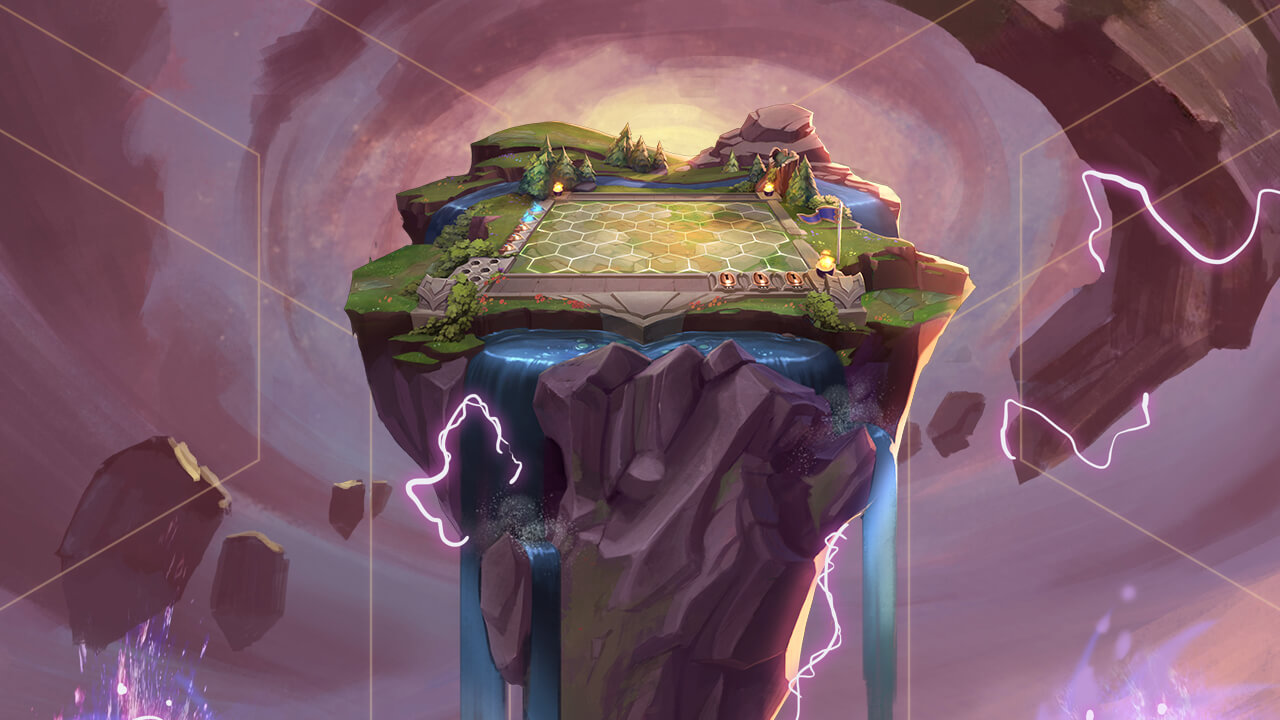The Teamfight Tactics Ranked System Explained

Teamfight Tactics (TFT), Riot Games' auto-battler sensation, has evolved into a prominent esports title with a dedicated player base. Its ranking system, similar to League of Legends, plays a vital role in defining the competitive landscape. In this guide, we'll guide you through TFT's ranked system, drawing insights from both the ladder structure and rank-specific details.
TFT Ranked Tiers

TFT's ranked tiers closely resemble those of League of Legends, ranging from Iron to Challenger. Each tier, excluding Master and above, comprises four divisions. LP (League Points) is the currency determining a player's rank, with top-four placements in a game rewarding LP and bottom-four placements resulting in LP loss.
Iron Tier
Inactive or novice players, lacking in-depth knowledge of Teamfight Tactics.
Bronze Tier
Slight improvement in game knowledge but many rookie mistakes are common. Often, players fall prey to camps.
Silver Tier
The most populated tier, with players having a general grasp of gameplay. Comfort picks might hinder versatility.
Gold Tier
Improved understanding of various compositions. Key concepts include scouting and building towards late-game scenarios.
Platinum Tier
Well-rounded players with a strong collective grasp on TFT. Understanding economy becomes crucial for success.
Diamond Tier
Players are highly skilled in all aspects of the game. Top 2% of players are found in the Diamond Tier.
Master Tier
Basic and advanced concepts are well understood. Focus shifts towards an overall positive game result rather than just securing 1st place.
Grand Master Tier
Similar skill level to Master, but players tend to customize specific compositions against the current lobby. High game knowledge and adaptability are key.
Challenger Tier
The pinnacle of competition with professional-level players. Requires a customizable game plan and efficient adaptation to every opponent move. Only the top 0.03% of players reside here.
Upon reaching Master rank, LP scales infinitely. Players in Masters and above compete for a numerical rank, with Grandmaster and Challenger designations based on specific LP thresholds. The top 250 players secure a spot in Challenger, while the next 500 are placed in Grandmaster. Daily adjustments to LP thresholds ensure the competitive landscape remains fluid.
Party Restrictions and Promotions
Understanding party restrictions is crucial. Surviving until the top four ensures a minimum of 10 LP, and once a player reaches a new tier, demotion below that tier is impossible. However, LP gains and losses are influenced by performance, creating a dynamic challenge for players. Unlike League of Legends, TFT has no promotional series, allowing players to smoothly progress to the next tier upon reaching 100 LP in a division.
Ranked Resets

Ranked resets occur at the beginning of each expansion and mid-set update. While expansions trigger a hard reset back to Iron, mid-set updates only push players one full tier below their end rank. The forthcoming TFT Set 9.5 marks the last mid-set update, bringing a conclusion to soft resets.
Tips for Ranking Up
Consistent Play Sessions
Regular and consistent play is a cornerstone for success in climbing TFT ranks. The significance of regular play extends beyond merely gaining LP it helps players stay active and avoid LP decay, especially for those in Master and higher ranks. Consistency ensures that players remain engaged with the evolving meta and maintain a sharp understanding of the game's dynamics.
Team Up for Success
TFT is not just an individual game it's a team effort, even in solo queue. Collaborative strategies involve understanding the meta, scouting opponents, and adapting strategies based on shared information. Discussing plans with teammates, sharing insights about potential threats, and coordinating item choices can elevate the entire team's performance and contribute to a successful climb up the ranks.
Teaming up with a full party, especially for players below Gold rank, is a strategic move to maximize success chances. Playing with a coordinated team allows for better communication, shared knowledge, and synchronized strategies. It becomes a collective effort to secure top placements, contributing to a positive impact on overall rank progression. However, it's worth noting that for players Gold rank and above, Riot Games limits the party size to three or fewer to maintain fair competition.
Character Knowledge
Understanding the intricacies of each champion and their synergies is paramount. High-level TFT gameplay involves not only knowing individual unit abilities but also recognizing how different compositions interact. A deep understanding of character knowledge allows for more informed decisions during the crucial decision-making moments in a match.
Master Scaling Ability
Scaling is a key aspect of TFT strategy. Players need to recognize the power spikes of their chosen compositions and adjust their strategies accordingly. Mastering the art of scaling involves recognizing the optimal time to level up, roll for champions, or transition into a different composition. A well-honed scaling ability can turn the tide of a match and contribute significantly to consistent top placements.
With these insights, TFT enthusiasts can navigate the ranked system, implement effective strategies, and stay updated on the competitive scene. Whether you're a novice aiming for Gold or a seasoned Challenger vying for the top spot, this comprehensive guide provides the roadmap to success in Teamfight Tactics. Suit up, strategize, and embark on your journey up the TFT ranks!
Popular Pages
Top 5 Sweepstakes Sites







